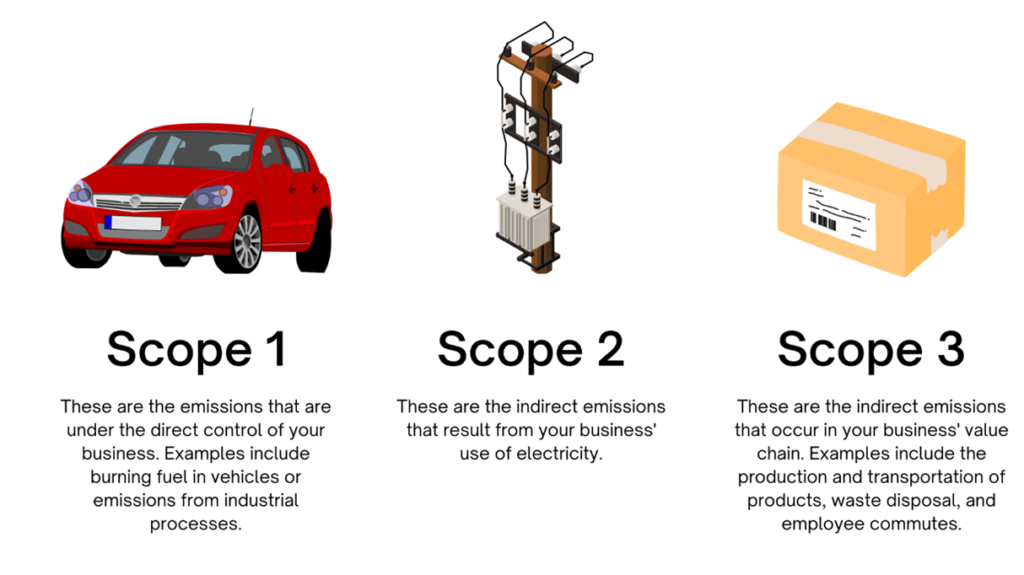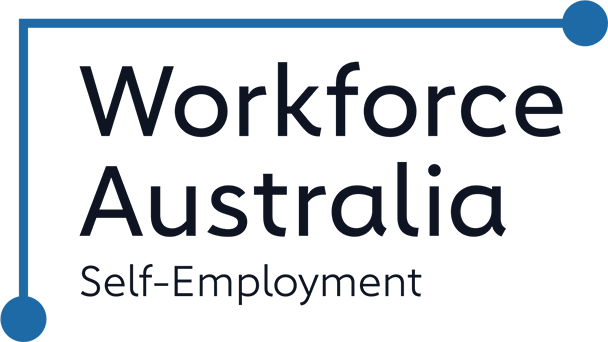Decarbonisation For Smes: How Do You Measure Where You Are?
October 7, 2022
The recent passage of the Climate Change Bill has enshrined a commitment towards a 43% reduction in carbon emissions from 2005 levels by 2030, to ultimately reach net zero by 2050.
This must be achieved through economy-wide decarbonisation, which is the process of removing or reducing carbon dioxide emissions in the atmosphere.
Decarbonisation is becoming increasingly urgent in businesses of all sizes, but the process can’t begin without measuring your carbon footprint.

What Is A Carbon Footprint?
A carbon footprint is an annual measurement of the greenhouse gases released by your business to help you understand your contribution to climate change.
Calculating your carbon footprint is the first step towards a decarbonisation strategy and can provide an initial climate risk assessment of your business.
Your carbon footprint will be made up of emissions that your business is directly and indirectly responsible for. These are known as Scope 1, Scope 2, and Scope 3 emissions.

What Are Scope 1, Scope 2 And Scope 3 Emissions?
Scope 1, 2 and 3 emissions are the globally recognised standard for measuring greenhouse gas (GHG) emissions under the GHG Protocol. This categorises the direct and indirect emissions you are responsible for according to the level of control you have over them as a business owner.
Scope 1: Scope 1 emissions are produced by activities under the direct control of your business. Some examples of Scope 1 emissions include:
- Burning fuel in company-owned vehicles
- Burning diesel in generators
- Gases escaping from onsite refrigerants and air conditioners
- Gas consumption
- Burning fuel in boilers for heating
- Emissions from industrial processes, such as making cement
Scope 2: Scope 2 are the indirect emissions that result from your business’ electricity use. Some examples of Scope 2 emissions include:
- The electricity used to light your building
- The electricity used to power your phones, computers, and other equipment
Scope 3: Scope 3 encompass all other indirect emissions resulting from the activities of your business and value chain. Scope 3 emissions are harder to calculate, but often account for over 70-90% of an SME’s carbon footprint and are where the biggest reductions can occur. Some examples of Scope 3 emissions include:
- Business travel in vehicles not owned by your business (flights and hire cars)
- The production, transportation and distribution of products and services that you buy and sell
- Waste disposal
- Water use
- Employees’ commute to your premises
- Expenditure for telecommunications and internet
- Office equipment
- Outsourced activities and third-party services
- Lifecycle of products and services you buy and sell

How To Measure Your Carbon Footprint
To measure your carbon footprint, you will need to gather as much data on the sources of emissions that you are directly or indirectly responsible for. Scope 1 and 2 emissions should always be included as a minimum, and as much of Scope 3 as you can realistically measure.
There are many calculators online that can help you measure your individual and your business’ carbon footprint. Whilst this is by far the easiest option, they often have a limited number of categories to input your data, which will not provide an accurate measure of your true carbon footprint.
Alternatively, the Australian Department of Industry, Science and Resource have published a document outlining the many different types of emissions across Scopes 1, 2 and 3. This includes their individual emission factor and the formula you can use to precisely calculate your carbon footprint. Whilst this method is more time consuming, it is the only way to provide a true carbon reading of your business.
Next Steps
Your first carbon footprint measurement will form your baseline year that you can use to monitor the effectiveness of your emissions reduction strategies. By knowing how much your business emits and in what areas will allow you to prioritise where to start reduction strategies.
Set yourself an emissions reduction goal that scales up annually, for example, a 20% reduction in the following year, and a 30% reduction in the year after that. This will keep your business moving forward to eventually become carbon neutral (with the use of carbon offsets) and eventually carbon free.
Acknowledgement Of Country
Business Foundations acknowledges the traditional custodians throughout Western Australia and their continuing connection to the land, waters and community. We pay our respects to all members of the Aboriginal communities and their cultures; and to Elders both past and present.
Victoria
The Commons
80 Market Street,
South Melbourne VIC 3205
admin@businessfoundations.com.au
Western Australia
Wesley Central
2 Cantonment Street,
Fremantle WA 6160
admin@businessfoundations.com.au


Get In Touch
Have a question or to find out how we can help you, please get in touch.






